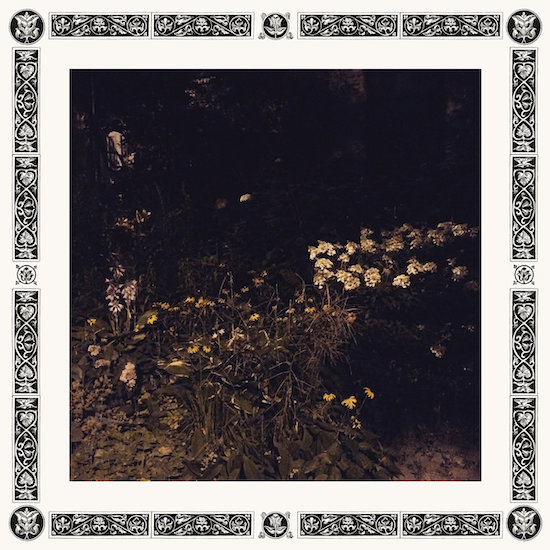Known for her avant-garde experimentalism with analogue synthesizers, organs and woodwinds, in Pale Bloom Sarah Davachi pulls the sheet draped over her Steinway and blows the dust off its worn and tired keys. In comparison to her previous eleven electroacoustic organ-driven releases, the minimalistic piano work in Pale Bloom feels undoubtably symbolic. She has evolved as an artist both creatively and technically over the years, but like a lot of classically trained artists, the instrument represents her musical birth.
Not content to create fully fledged compositions, in Pale Bloom she is playful, almost nostalgic with the A side ‘Perfumes’ suite. In the triplet of reworks, she reduces and reverse engineers the andante movement of Bach’s Italian Concerto. It feels like she is in the process of getting her rhythm back after becoming so accustomed to tone clusters and the brute force of organs for so long. The poetry and romanticism of the piano is like déjà vu after visiting the country she was born in but left when she was still a child. Or it’s a tearful reunion with her long-lost uncle Bach. Either way she is deliberate and economical with her keys, each one an existential rumination, pronounced and charged with faded memory and shut-eyed emotion.
In ‘Perfumes I’ she re-composes Bach’s work from the inside-out with a solemn and sparse series of notes. Halfway through it her organ timidly mutters in the background, sounding like rewinds in time. like everything is on the brink of going backwards but never does. On ‘Perfumes II’ the radiant and fearless countertenor, sung by Fausto Dayap Daos suddenly assimilates out of the mist. In French he repeats the title of the B-side, which is an excerpt from a series of poems by André Breton. The repeated phrase adds a baroque filigree and sense of incense-scented choral holiness to the perfume suite. In ‘Perfumes III’ Davachi creates a bed of clouds with her Hammond B3 organ, leaving the broken dreams of Bach lying peacefully asleep on them.
On the B side of ‘If It Pleased Me To Appear To You Wrapped In This Drapery’ the viola and violin are played in bursts as if they are in earnest conversation. The cries of Davachi’s reed organ eventually make their entrance, dominating the dialogue, and over the course of twenty-four minutes Davachi switches up its register from high-pitched wail to mournful bellow. All three instruments unite under a single voice half-way through and create a sustained barrage that could vibrate both glass and soul. Her signature techno-druid drone oscillations feeling like a kind of sacred shock-therapy to purify your consciousness.
In Pale Bloom, Davachi reconnects to the piano on a spiritual level, releasing whispers and wishes of delicacy and delight into the ether. She ends her meditations with a trance-inducing piece of sound design that forms a powerful contrast to the elegant articulation of the ‘Perfume’ suite. The longer a traditionally trained artist experiments outside the limits of their classical training the more naked they feel when they eventually return to it. On Pale Bloom, Davachi returns to her hometown without luggage and pays a heartfelt homage to the revered teacher who enlightened her. She doesn’t do it with an ambitious postmodern masterpiece nor a grand symphonic tribute, but alone on the vast emptiness of the stage. Just a soul and a piano.


